We’re a few days away from RM’s 2014 London auction – at which both these Ferraris are set to be sold for multi-million-pound sums – yet we could quite easily be smack-bang in the Golden Era of sports cars. Presented in a curious baby-blue colour (the chosen hue of the gentleman driver who specced the car for his racing pastimes – on a lease agreement, no less!), we have a 1956 ‘Tour de France’: the first dual-purpose model from the 250 series. Also present is a 275 GTB 10 years its junior, a car that adopted much of what Ferrari learned while producing this legendary line.
Jockey legs
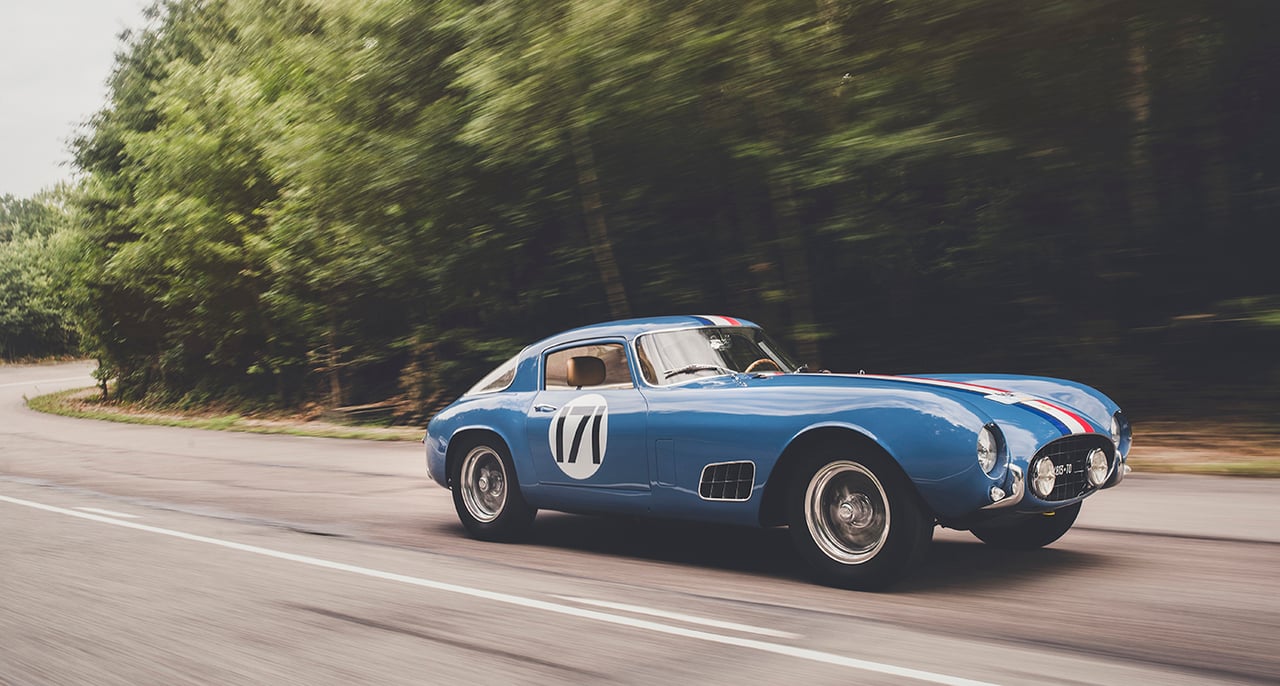
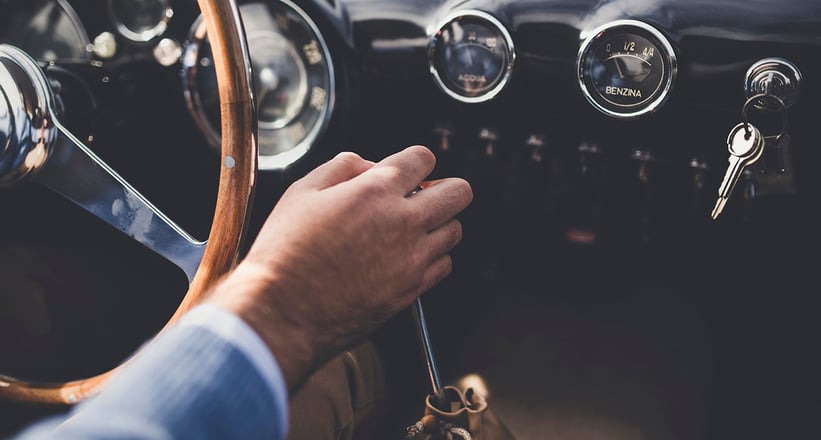

After a few moments of unadulterated awe at being presented with such an esteemed pair of Prancing Horses, it’s time to become acquainted with the ‘TdF’. Immediately apparent is how large the steering wheel is, and how it requires the legs-akimbo position usually adopted by jockeys of the more traditional sense. But any thoughts of merely ergonomic foibles seem to evaporate within a few revolutions of the 3.0-litre V12. The first of the un-gated gearbox’s four forward ratios is selected with a swift left-and-up movement, while the surprisingly light clutch reflects the car’s ‘race then drive home’ nature. Who needs a racing transporter when you have a pair of travel cases on the shelf behind you?
Dual-purpose duo
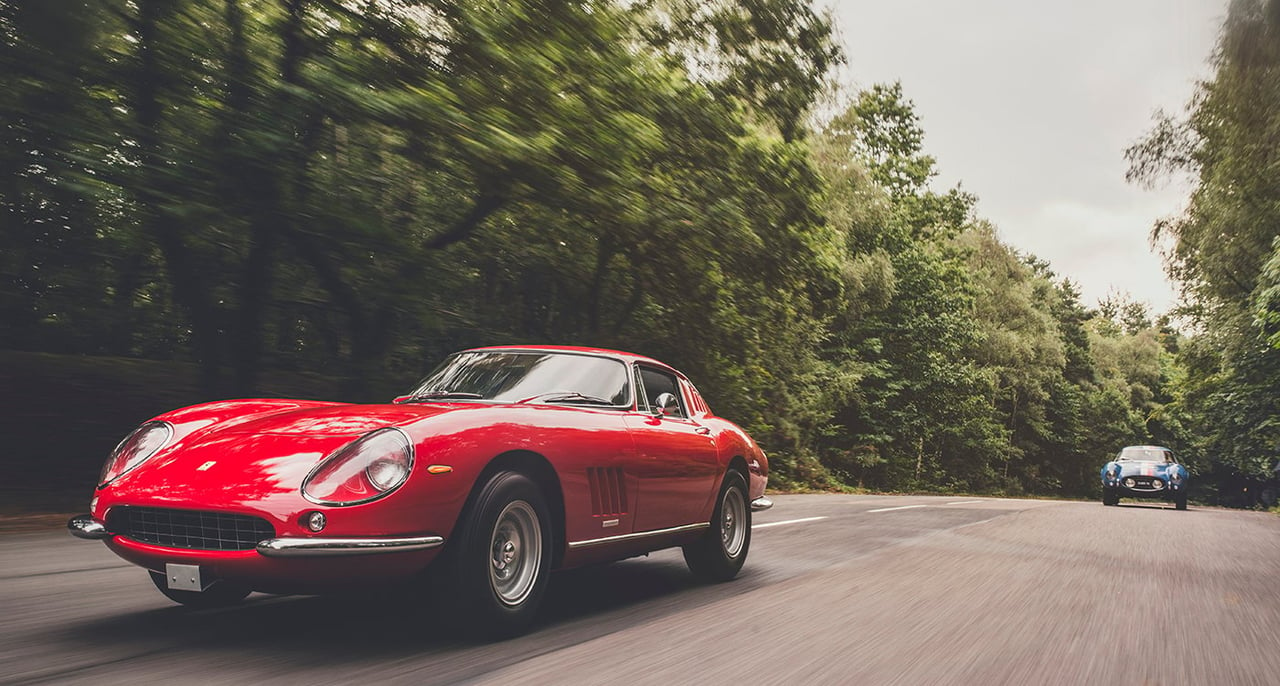
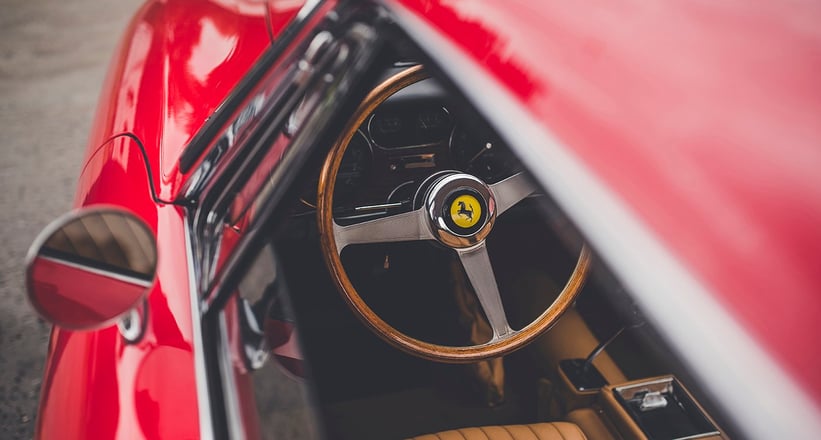
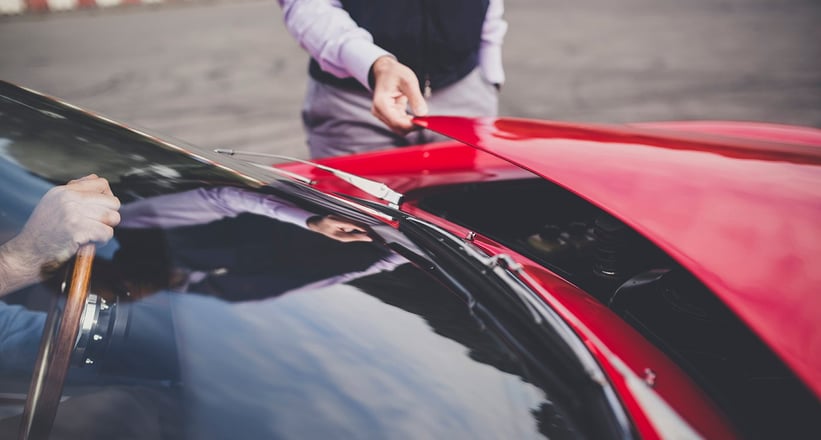
Of course, while it might have been competent on the road, it was in competition that the car quite literally earned a name for itself. Numerous Tour de France victories saw the 250 GT given the resulting appellation by enthusiasts; more crucial still were the GTOs, SWBs and LMs that were spawned from the same basic concept. It was this 250 collective that gave Ferrari much of the prestige it enjoys today, but more direct was its influence on the 275 GTB. As well as sporting a 3.3-litre engine that had much in common with that found in the 250 LM, the 275 also boasted firsts for Ferrari in the form of a five-speed gearbox and all-round independent suspension. Thankfully, the steering wheel was slightly better-positioned, too…
Prancing towards progress
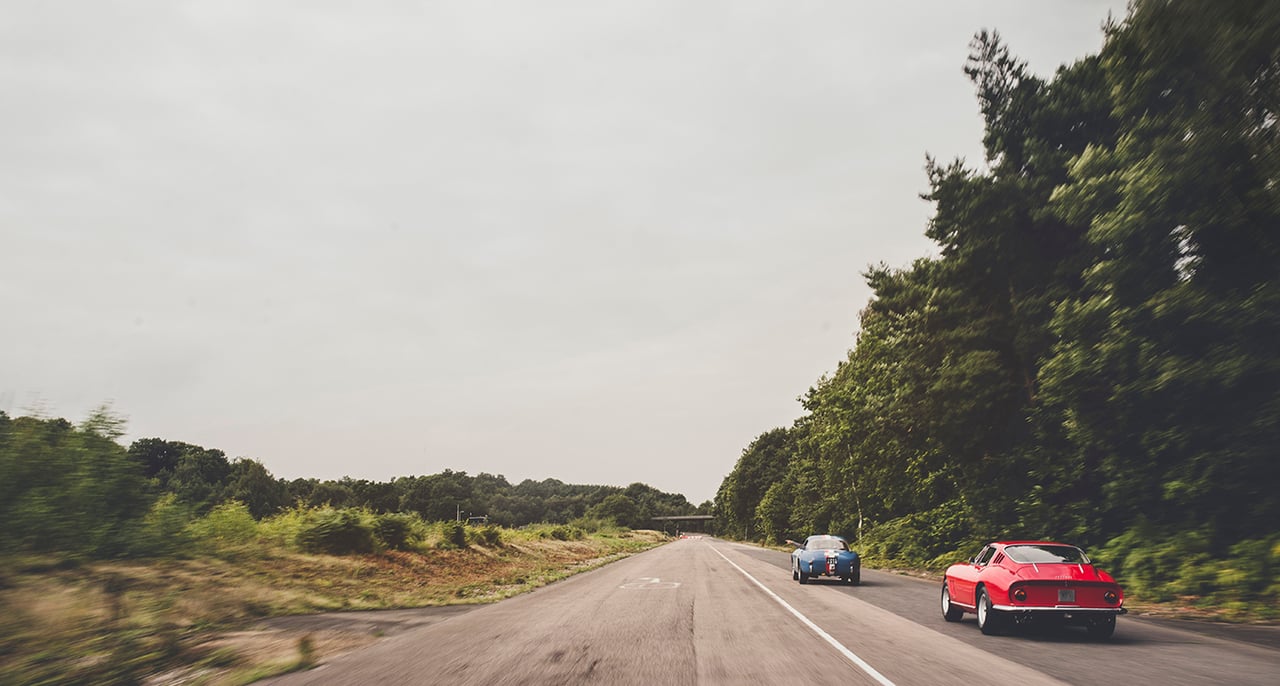

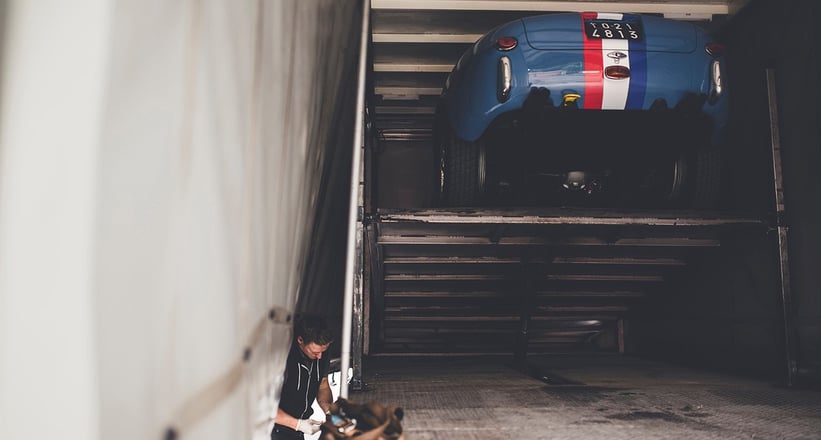
This particular GTB was one of the 60 cars ordered with the now ultra-desirable alloy body option, again an upshot of the success enjoyed by the 250 thoroughbreds. We’d be fibbing if we claimed to notice the dynamic disparity of steel vs. alloy at the sort of speeds to which a forthcoming auction entry limited us. However, what’s immediately obvious is the progress that Ferrari had made in the few years following the TdF – a car already ahead of its peers. The now chrome-gated and dog-legged ’box is a treat, while braking no longer requires an unfamiliar degree of planning.
There’s a good chance that both these super-desirables will be tucked away inside a collection, should they sell as expected, but we’d love to think of them being active in the dual-purpose role for which they were created. The TdF for across-the-board eligibility to the top events (many of which require pre-1957 registration), and the GTB for a jaunt to the South of France – perhaps including a detour to Spa to let Eau Rouge illustrate the merits of that alloy body. A golden opportunity, indeed.
Photos: © Amy Shore for Classic Driver





































